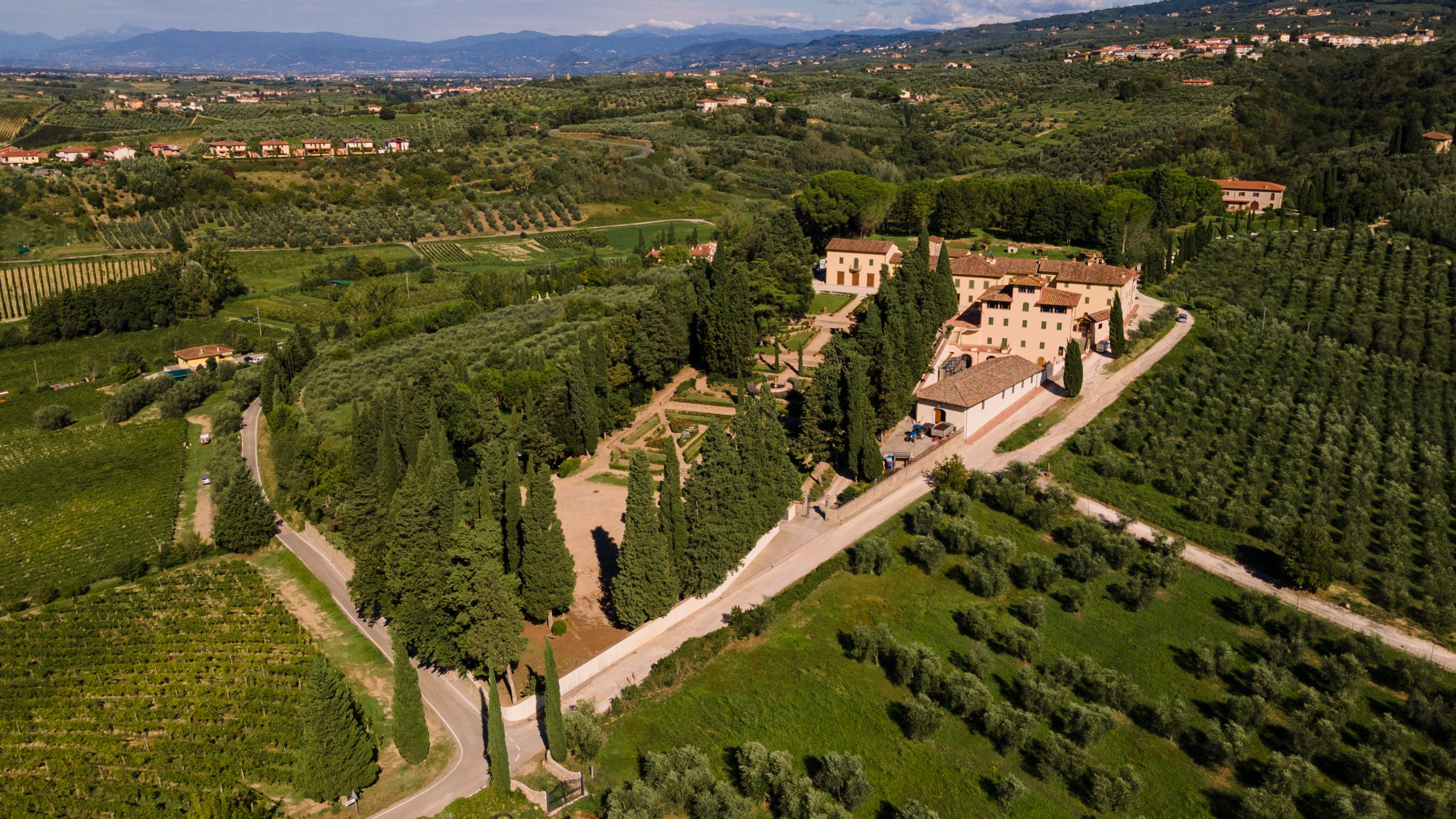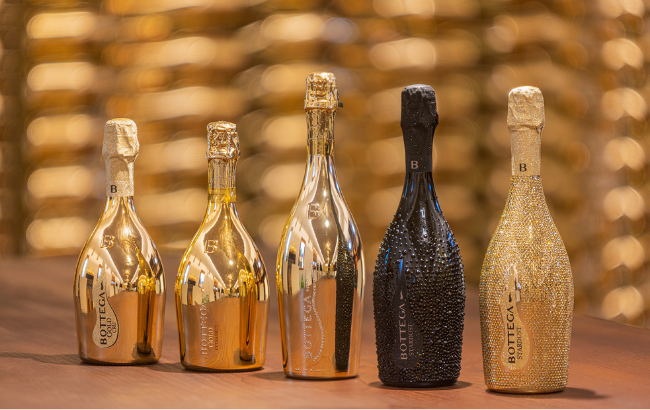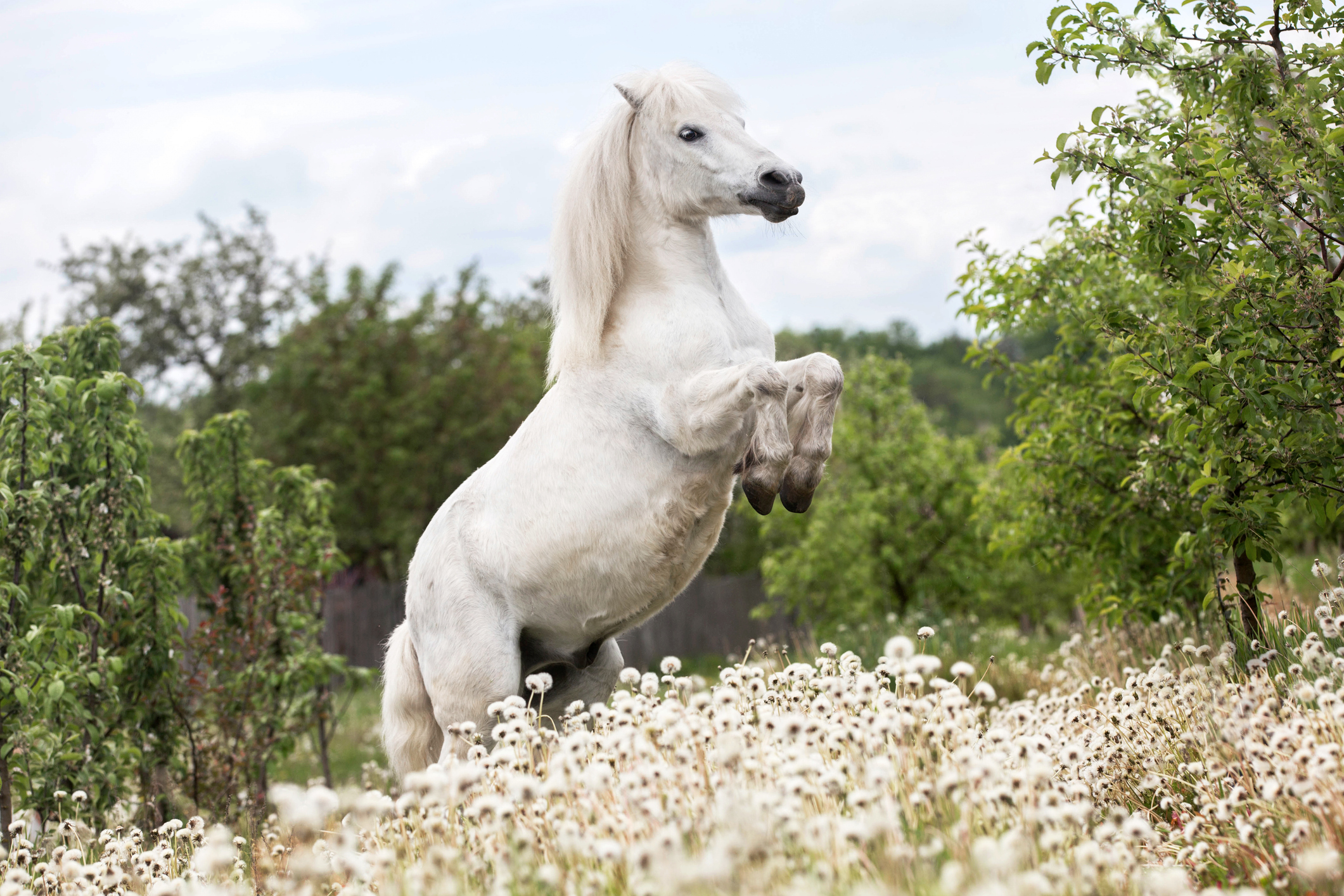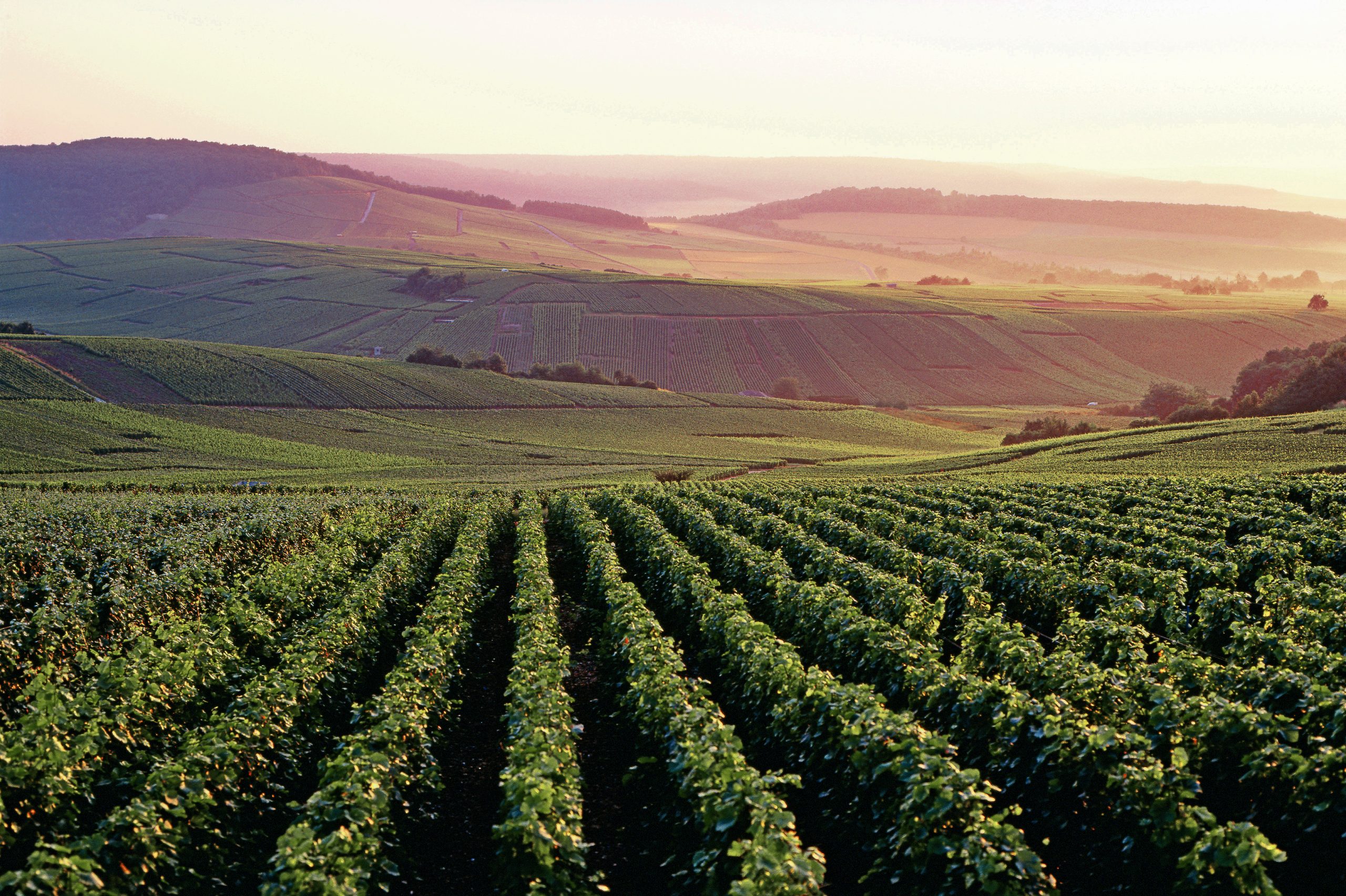Grey Goose Vodka reveals its field to glass philosophy
By Jessica MasonFrançois Thibault was raised in the Cognac region, but went on to create one of the world’s most respected vodka brands — Grey Goose. Jessica Mason reports
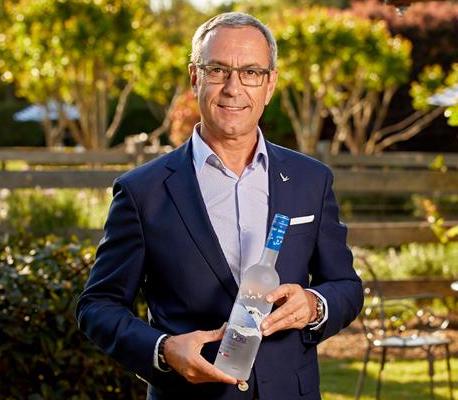
How do you create a legacy brand? Something that has all the hallmarks of premium quality and yet a genuine dose of integrity too? You start with the land. “In 1990 I was maitre de caves or master of the cellars in Cognac,” says Thibault, rocking back in his chair and reminiscing with a smile. He had been making Cognac with H Mounier following a seven year apprenticeship when the American entrepreneur Sidney Frank approached him to make his own brand of Cognac. “It was Jacques Cardin or ‘JC’ Cognac,” he explains and he wanted me to work for him. But what was the draw? Essentially, charisma and a shared love of drinks and ingredients.
“He was a real bon vivant and a happy person. Also, he had a lot of love for life in general and in life he loved France and he loved wines and Champagne and when he moved around he loved all of the folklore and the parties,” says Thibault, looking back fondly and explains: “I left my job to make Cognac for Sidney Frank and JC was only available in the US then but after six years of us working together and building up a big trust, Sidney was convinced that he could start a new market that was for premium vodka. And, at the time there was no premium vodka — there just vodka” and nothing more enticing.
Thibault remembers that Frank was insistent that he was the man for the job and after having already pursued him to work with him in the first place, he knew his tenacity when it came to lining up his ideas and making them a reality. “Based on all of the work we had been doing together and the trust we had built, he really wanted me to make it”. Plus, he recalls, he was offering a compelling perspective on what could be created, because neither of them wanted to simply buy in a grain neutral spirit (GNS) and rectify it. There was a desire instead to distil and create something new and incredible that had not existed before. In many ways, this is how Grey Goose was born, from an idea to produce something better than anything else available and to start from the ground up.
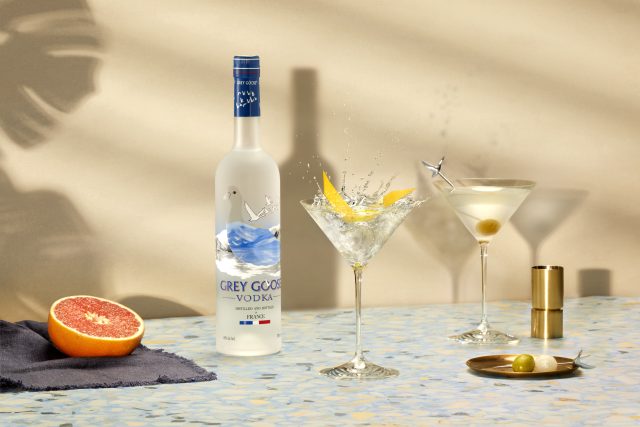
Partner Content
Thibault explains: “The thing you need to know about vodka is that there are no rules. There is only one rule linked to distillation and that has to be distilled at 96% ABV before being cut down with water. And the only rule I wanted to have was to distil my own vodka rather than buying in grain neutral spirit.” Indeed, he observes, “to make vodka quickly many places buy in GNS because it is the most cost-effective option” but “I accepted the offer to go from Cognac to vodka because I had the opportunity to create a vodka from the field-to-bottle and have full control through every step of the process”.
The adventure began from that point onwards. As Thibault recalls: “I started to do some research on vodka and the world of vodka” and “the first thing I used when making the vodka was wheat and not potatoes like others” he explains, highlighting “I chose to use wheat from France because we have a culture of growing wheat. In the north of France and around Paris it is our wheat basket and that is what it is known for all around the world because of the French baguette and pastries that use the same wheat in their flour”. This, he felt, would give the spirit its sense of place and also its point of difference with the vodka itself being column distilled in France and offering up a culinary element where France excels. “I learned about how to work with the wheat with actual people who had been doing it for generations. Some people kept saying that I had changed work because I used to work for Cognac and now I work for Grey Goose, but it’s still the same process – to transform the ingredient from the field to the bottle” so why should this be any different?
Thibault highlighted how the name came about and said that he and Frank “chose Grey Goose because it would be a link between the US and France using the fact that geese travel between when they migrate” conjuring up a name that had the perfect symbolism.
So, how best to experience Grey Goose for yourself? According to Thibault, he recommends that you “drink it fresh on the rocks so you can really feel the flavours and the work that has been done to the wheat” but adds that it is excellent to “mix it into a martini” noting that often that is the way he likes it. He adds: “We are working with nature,” so we want Grey Goose to “resonate with it”.
Related news
The 'family spirit' behind Champagne Gardet's 130th anniversary
Will white wine be central to Burgundy's future success in Asia?
How to make top blanc de blancs in 'the kingdom of Pinot Noir'

